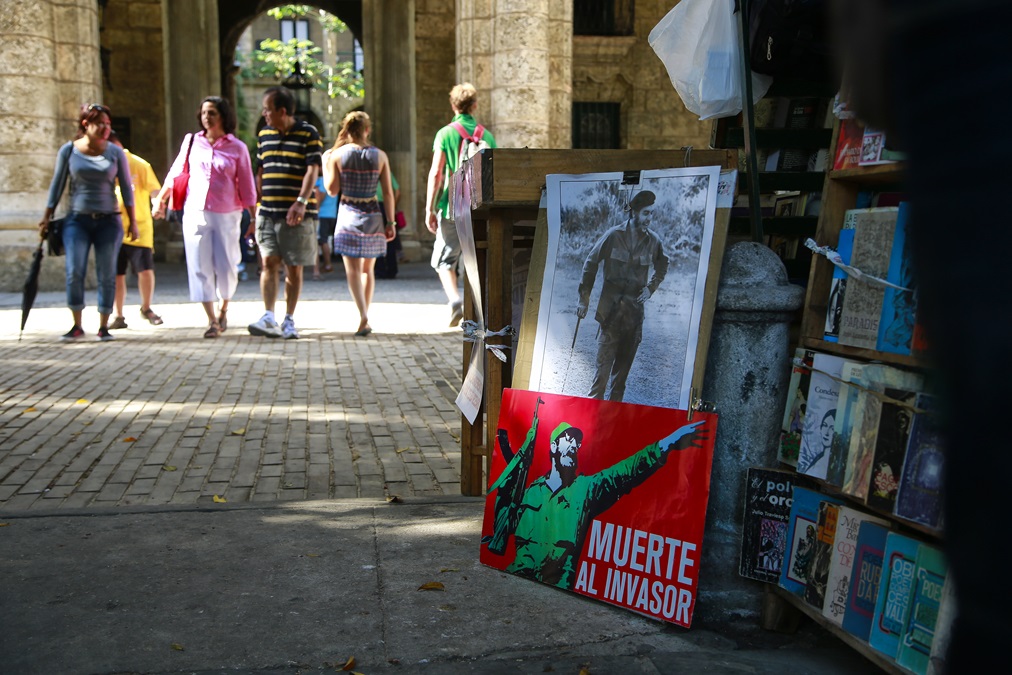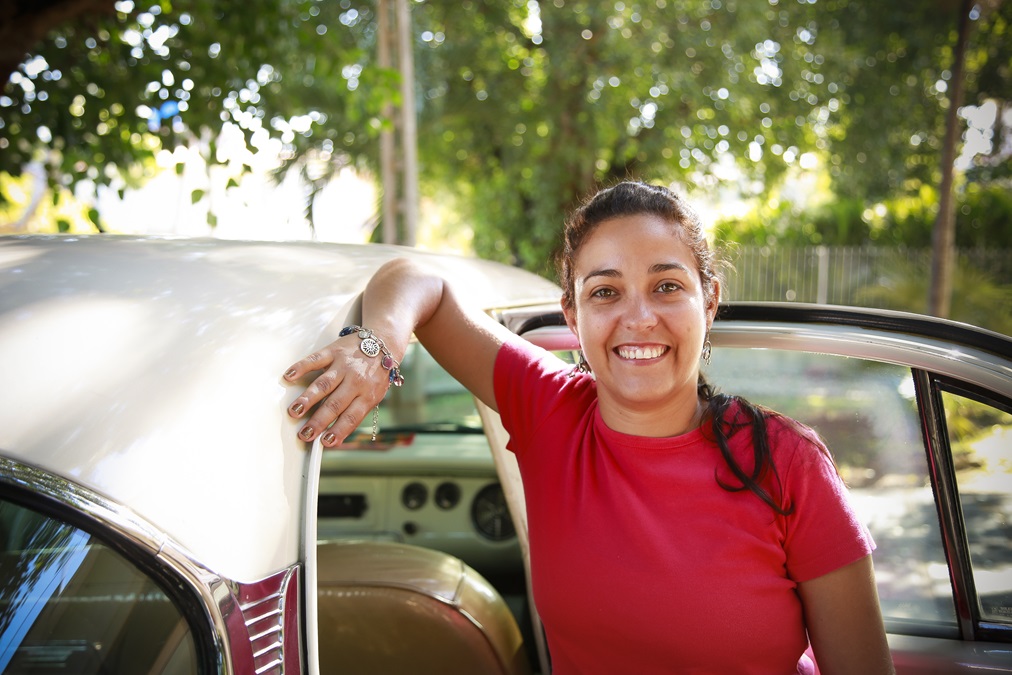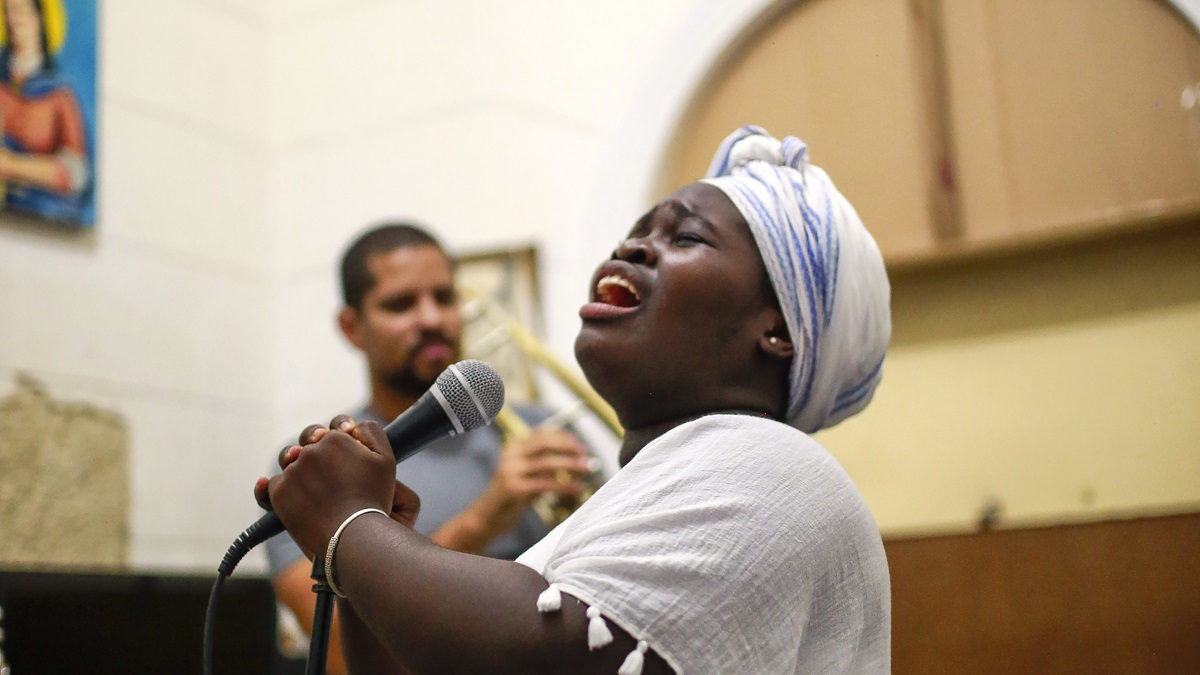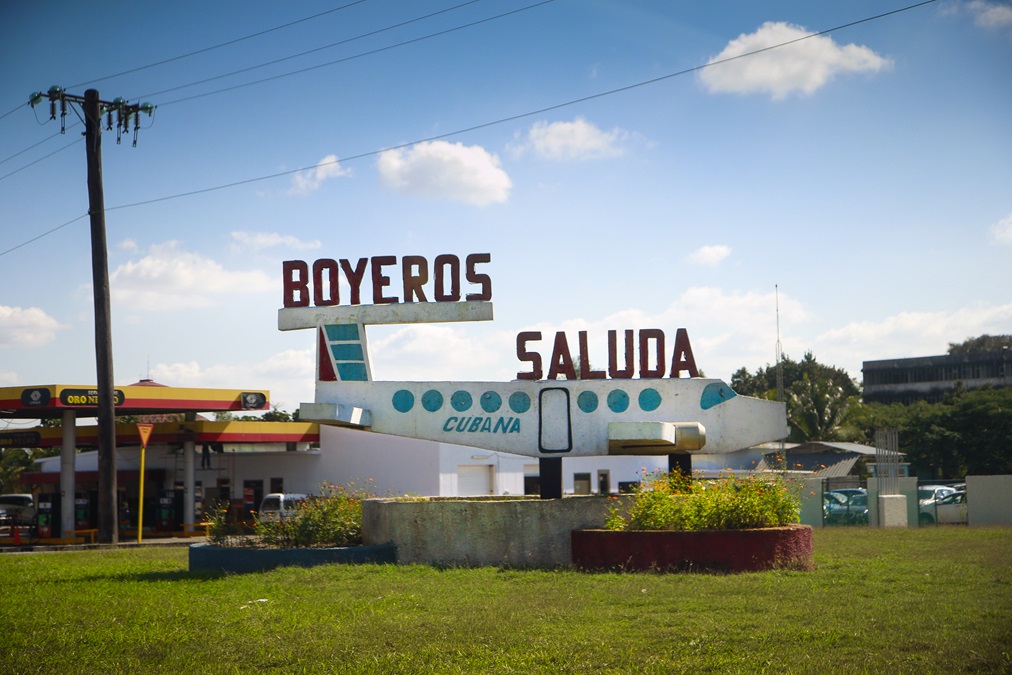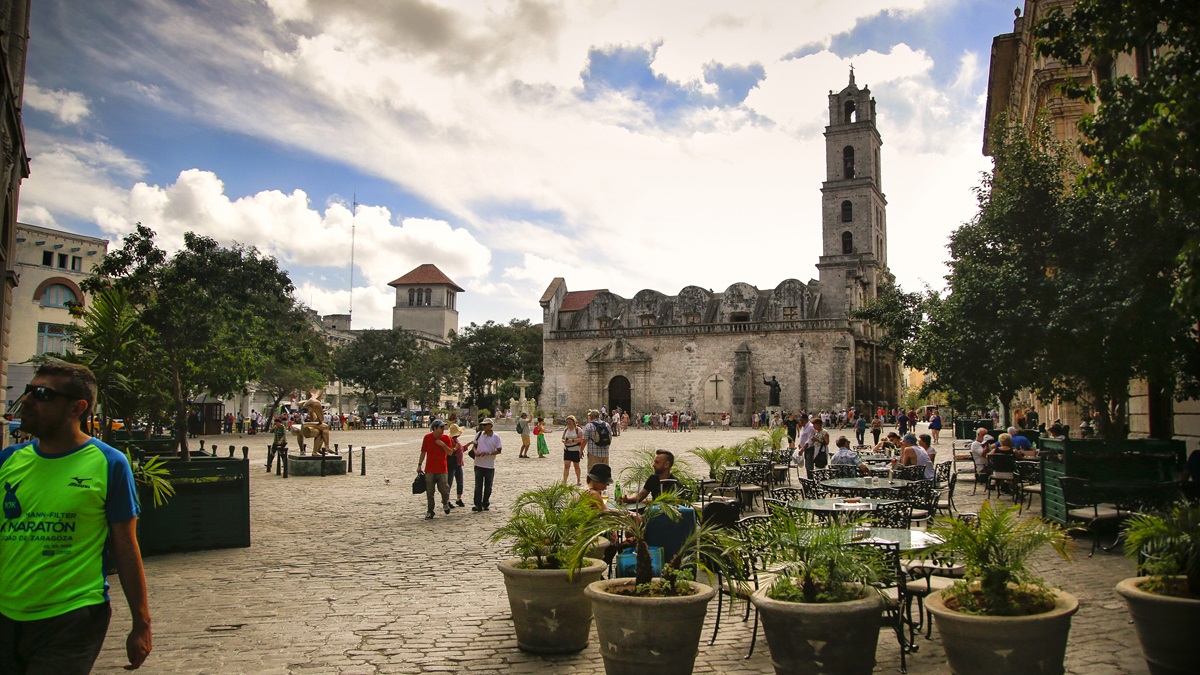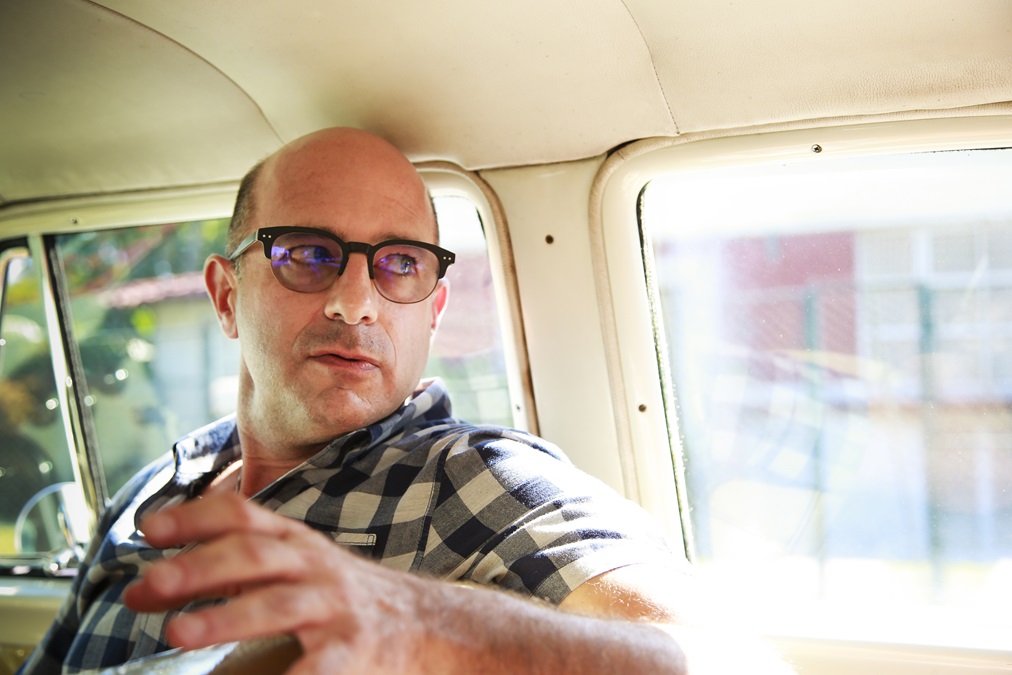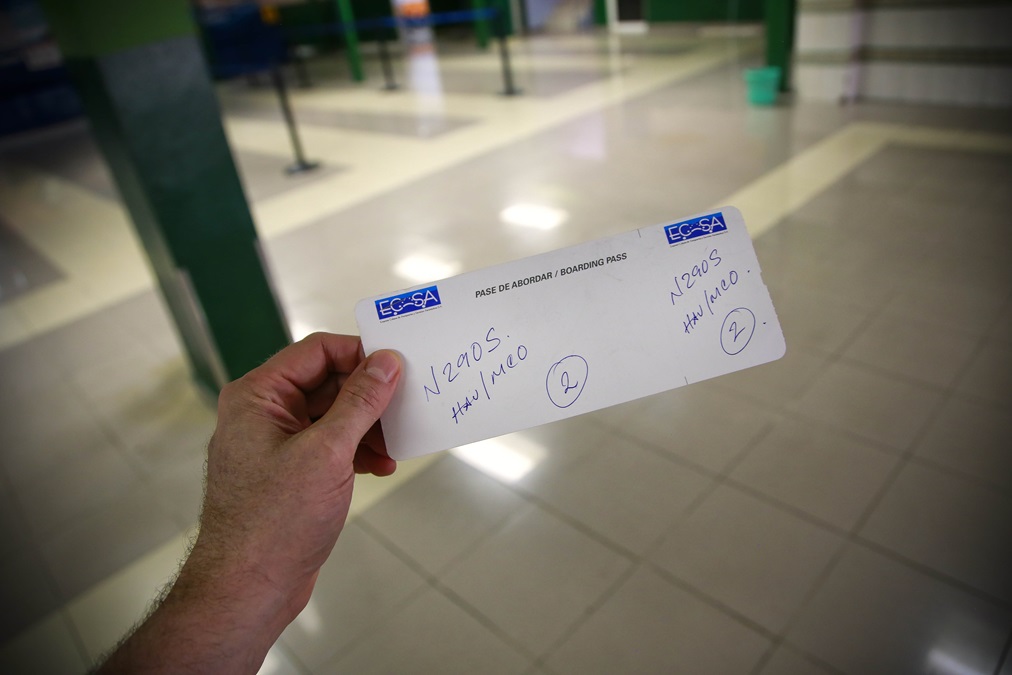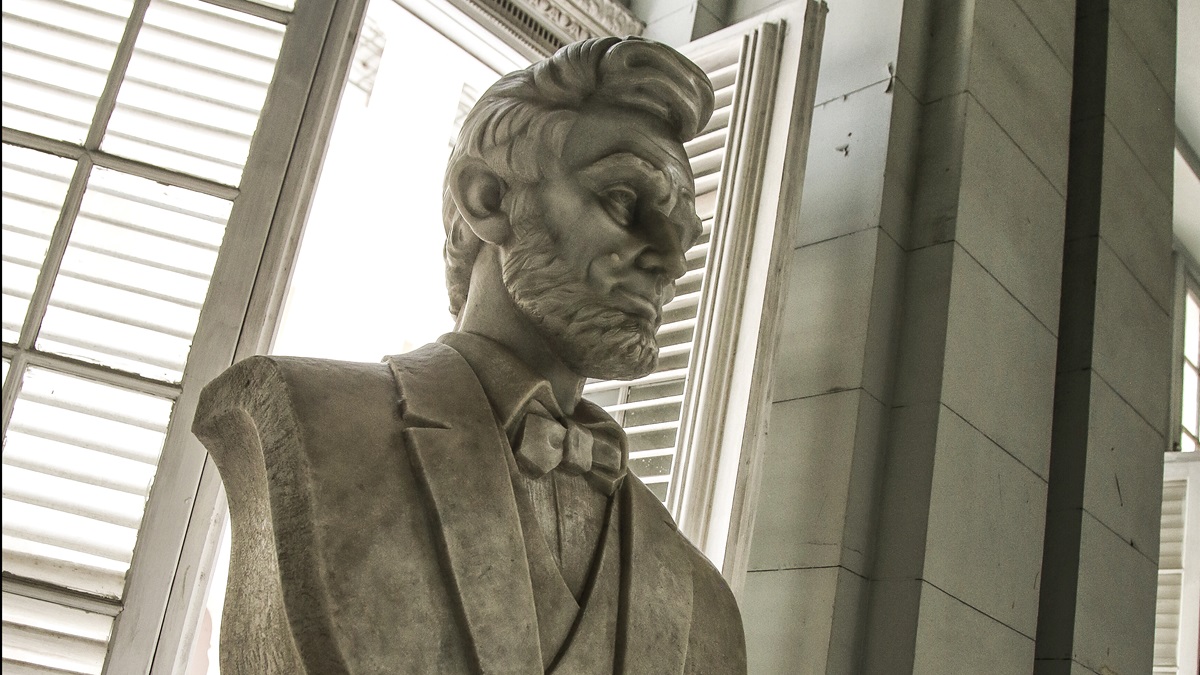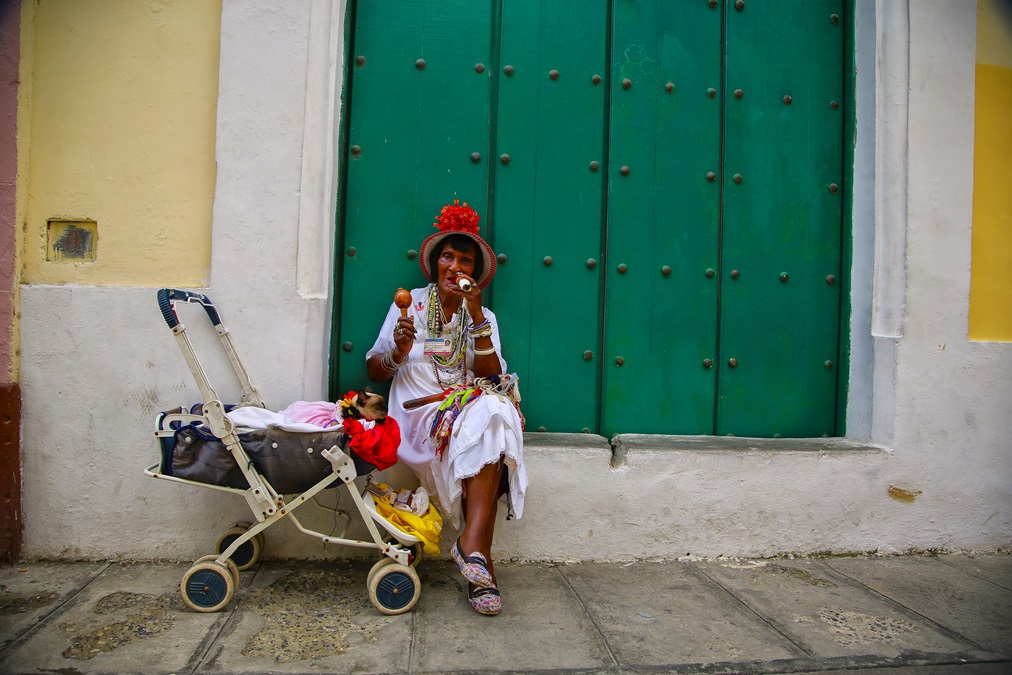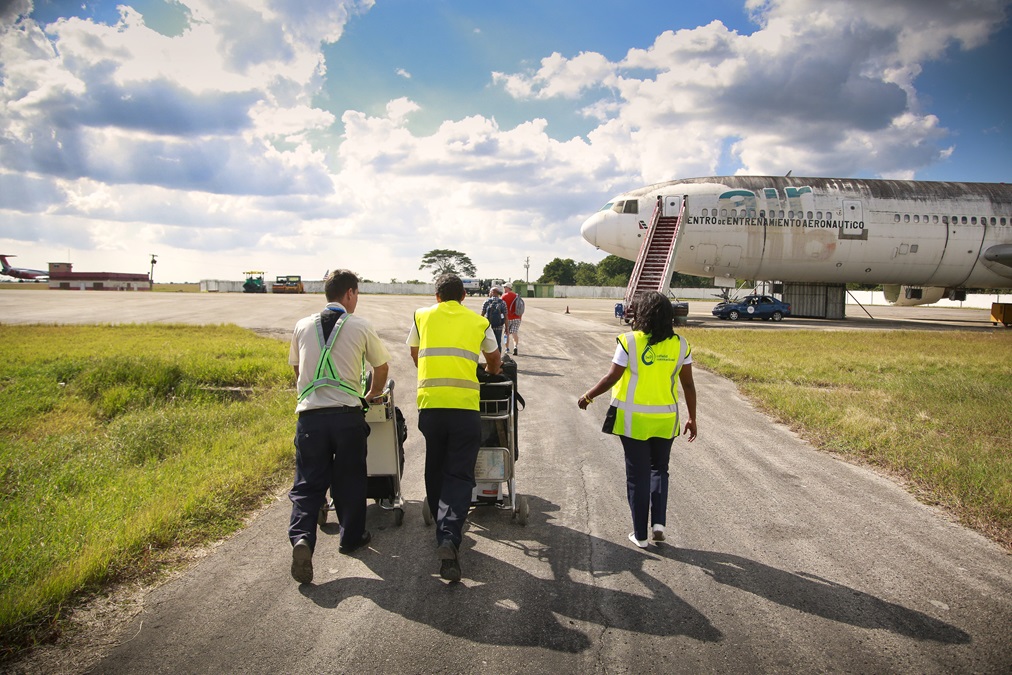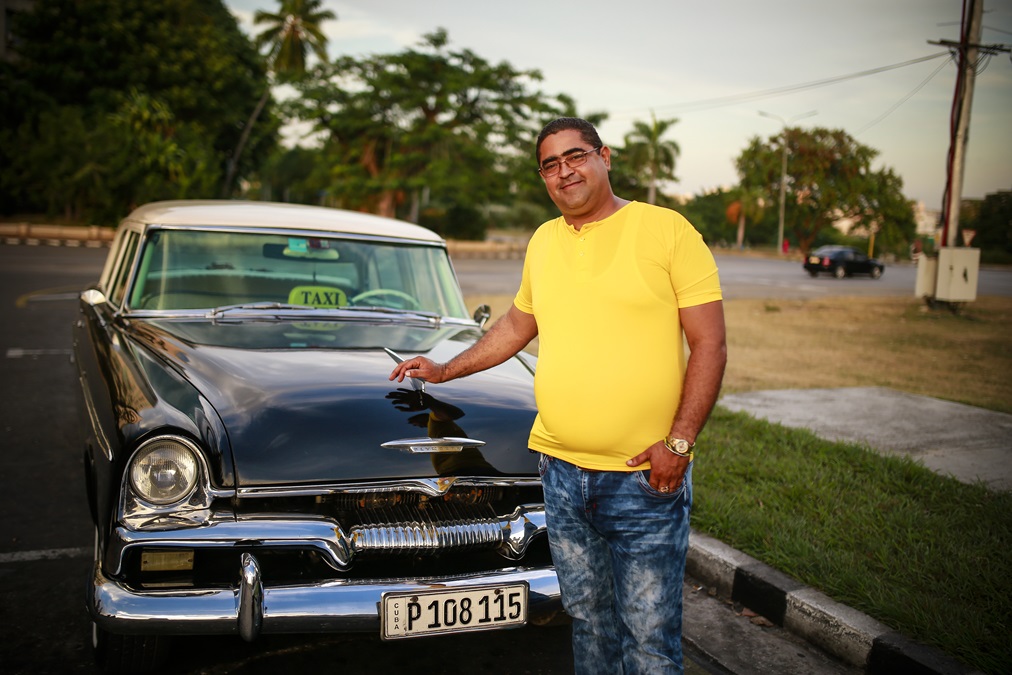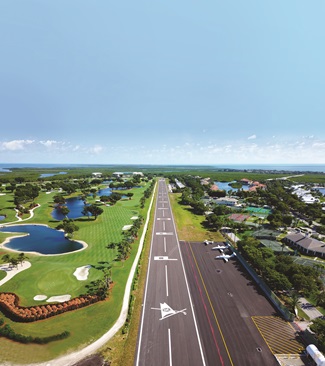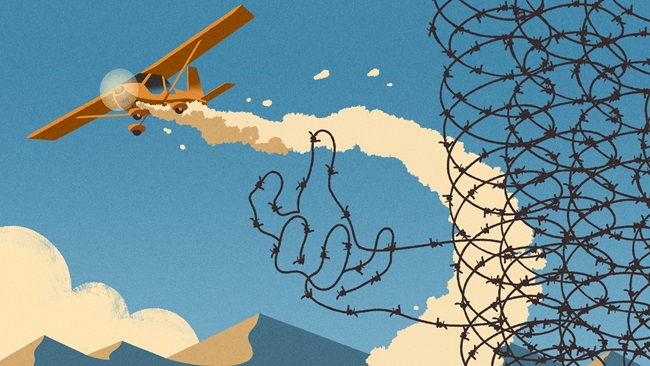Cuba: Visitors Welcome
Exploring the island for the first time in decades
When former President Barack Obama eased the rules on Americans visiting Cuba early in 2016, the aviation community took notice. The island nation, with its world-renowned beaches, rich colonial history, and political intrigue, has always seemed an ideal general aviation destination—the Bahamas, but with better rum and cigars. But the island isn’t so much a quick and easy beach flight paradise as it is an exotic aviation destination that happens to be an hour from Key West. And although many hailed Obama’s actions as a breakthrough, the reality is more measured. Yes, the island is open to Americans, and flying down in your own airplane—even a modest single-engine—is viable. But the embargo is still in place, travel is expensive when done legally, and Obama’s actions were executive orders that could be overturned on a whim.
Yet the draw is too strong; the promise of peeking into a world so close and so foreign is too interesting to pass up.
So close
We arrive in Havana on a beautiful December morning, having left Orlando International Airport only three hours earlier. Flying to Cuba requires leaving from an airport of entry, even though no inspection or checkout materializes. The route is an easy flight through central Florida to the Fish Hook NDB on Key West, southwest to the MAXIM intersection, and then the FARAC 1 arrival—which, incidentally, is a straight course to intercept the ILS. In all it’s about 90 miles straight-line distance from Key West to the northern coast of Cuba, but the route is about 110 miles. Land is only out of view for a few minutes in the Beechcraft Bonanza. The most complicated part of the trip is understanding the Havana tower controller’s instructions to back-taxi on a runway at an international airport with a Jet Blue flight bearing down on the approach.
We step out onto a sleepy ramp with nothing around but a rusted-out DC–10 used for training, an N-registered Piper Malibu, and a Falcon 50 from Mexico. We’re greeted by Danel Sotolongo, a handler with ECASA, one of Cuba’s official handling companies. Like practically everything on the island, it’s state-owned. A swarm of workers in bright orange vests appears to load our luggage and walk us to the terminal. And then we wait. It’s not clear why. Immigration officials are there, and so are the guys who brought our luggage. A few people in plain clothes sit and chat in Spanish. But nothing happens. It’s like everyone is in on the joke but us. Then it becomes clear that Sotolongo had to check in another flight, and we can’t go through immigration until he returns. A few minutes later he’s back and we are gestured to go through various steps, on our way to a parking lot that is empty—save for Miguel Morales’ 1955 Plymouth.
In the car we meet Maria Rosa Rodriguez, a young Cuban who studied tourism at the local university. Rodriguez is our concierge for the next three days. She works with Morales, whose lack of English proficiency is equaled only by our lack of Spanish. Rodriguez has coordinated meal reservations, booked tours, and later arranges for us to meet Iván Jiménez Fleites, a retired pilot of Cubana, the state airline. Rodriguez’s English is better than ours, and she’s happy to talk about everything from international relations to roasting pork.
Leaving José Martí International’s Terminal 5, the road wanders through residential neighborhoods where we get our first taste of the abundant small-displacement motorcycles and classic American cars. The road snakes around the airport perimeter, which provides a nearly endless canvas for propaganda. It’s the first of many political messages, although the overt presence of signs and photos has lessened in recent years. Our destination is Old Havana, a journey that takes us toward the airline terminal, then past industrial areas, Soviet-style housing complexes, massive photos of Castro and Che Guevara—and, as we come toward town, awe-inspiring Spanish colonial architecture.
The walking tour of Old Havana is one of the most impressive things we’ll do on this trip. Like other colonized nations, the evidence of past occupants is reflected in the architecture. Long Spanish rule means the city feels more like Western Europe than the Caribbean. Within sight of each other are the largest and the third oldest forts in the Americas. There are giant palaces and centuries-old churches, one of which is said to have housed Christopher Columbus’ remains. Old Havana was declared a UNESCO world heritage site and money has since flowed into the area for rehabilitation. Tourists are everywhere. We see Canadians, Russians, many Latin Americans, and a fair number of Americans. Selfie sticks are plentiful, and double-decker tour buses come and go. Which is to say if you want to see Cuba before it’s “ruined” you’re too late.
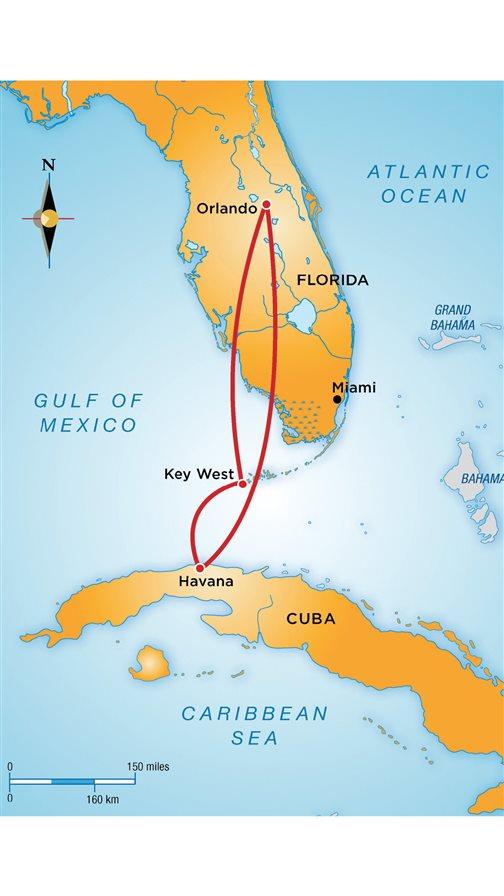 A new framework
A new framework
The premise that Americans can finally go to Cuba is a bit of a misnomer. Hundreds of thousands visited the island yearly during the embargo. What’s changed is an embargo exemption for person-to-person visits. Although sit-on-the-beach tourism still isn’t a sanctioned reason to visit, an experience is available that feels very much like cultural tourism. Legally landing on Cuban soil and returning to the United States is also a novelty.
The law requires attesting that you have met the embargo exemption. That means having a detailed itinerary showing exactly what you did during the visit. Knowing this, we reached out to Eric Norber, principal at Cuba Handling, and a longtime corporate pilot. Handlers can organize everything from lodging and meals to museum tours and scuba diving trips. Handlers will likely cost more than a self-guided trip, but having a guaranteed place to sleep is one of the many reasons to work with a professional group. (We heard one Canadian family in Old Havana exclaim, “Oh, thank God we have a place to sleep tonight!”)
“Cuba is a country run on cash and personal relationships,” Norber says. Lodging is a great example of how having ties to people in Cuba can be beneficial. Hotels are largely state-owned, and most are unnecessarily expensive. Privately owned lodging, like that found on Airbnb, can be less expensive, in more interesting parts of town, and closer to the unsanitized and, frankly, more interesting parts of Havana. The rent you pay to a private lodging owner also goes straight to the owner and not the Cuban government. But the internet in Cuba is unreliable, and it’s not a digital culture. Norber says his company has heard reports of people finding open rooms, booking and paying, and then showing up to learn that what seemed open is not available—and the wayward traveler is shepherded to a relative or friend’s house. Norber’s company takes cash, drives to the house you’re trying to book, and ensures the deal is made on the spot.
So goes the difficulties of coordinating tours, transportation, food, and other basics in a country still trying to catch up with the massive influx of new visitors. Hotels are booked months in advance, and the transportation infrastructure can’t handle the massive number of people now venturing south. Handling companies also can take care of the flight permits, fuel releases, and file your eAPIS paperwork if you so choose. Given there’s no FBO to speak of and things don’t happen online, it’s a valuable service.
Quick friends
Rodriguez and Miguel are with us practically every minute of the three days. They escort us through Revolutionary Square, site of Fidel Castro’s most famous speeches, and down a highway built with American mob money. We tour the Museum of the Revolution, complete with the engine and tail section of Rudolf Anderson’s U2. The spoils of the revolution are ever-present in the city, and the museum is its most impressive shrine. The museum is housed in Fulgencio Batista’s former palace, and the bullet holes from when the students stormed the building remain.
As we roam the city, sometimes we meet a tour guide specific to the site; sometimes we make a prearranged stop on the street and grab one.
At one point we swing by Rodriguez’s house to drop off a few supplies Norber had brought from the United States that aren’t available in Cuba. Rodriguez’s home is a modest apartment off a busy street with powerlines outside and a chain link fence and gate blocking the front door. Her extended family lives there, including her mother and grandfather. Street dogs are a constant problem in Havana, and Rodriguez has adopted five of them. They explode with joy as she comes in for the quick visit, jumping up and running circles around us. What would seem unprofessional in the United States feels strangely normal and welcome in Cuba. Rodriguez’s mom has even cooked for past tour groups who asked to get a taste of authentic Cuban food.
The last night we spend enjoying a private concert from Yasek Manzano, a jazz trumpet player who studied under Wynton Marsalis at the Julliard School of Music in New York. The concert is at Manzano’s house. We arrive at around 10 p.m. and his mom lets us in. The concert is a lively jam session that covers American, Cuban, and Brazilian jazz standards.
It’s a fitting end to a whirlwind trip. Music is a constant in Havana. It’s playing everywhere in the streets, and streams out of restaurants and bars. The concert is also the best of what Norber calls everyone’s little hustle. “The irony of communist Cuba is that everyone is a capitalist,” he says. The citizens all have a side business. It makes traveling there exciting and unique. There are few places where it feels both normal and safe to pick someone up on the street in a 1955 Plymouth driven expertly by someone who doesn’t speak your language, to go discover a tourist site you probably didn’t know existed.
Arriving at the airport the next morning is both bittersweet and a relief. Three days in Havana is exhausting, and we’re ready to return to a world that feels more familiar. But before signing the exit forms and walking through the empty terminal—with duty free!—we wait. Russian President Vladimir Putin or Prime Minister Dmitry Medvedev is scheduled to land in 45 minutes (we never learn which one), and the entire terminal comes to a required standstill. Some things never change.
Email [email protected]
